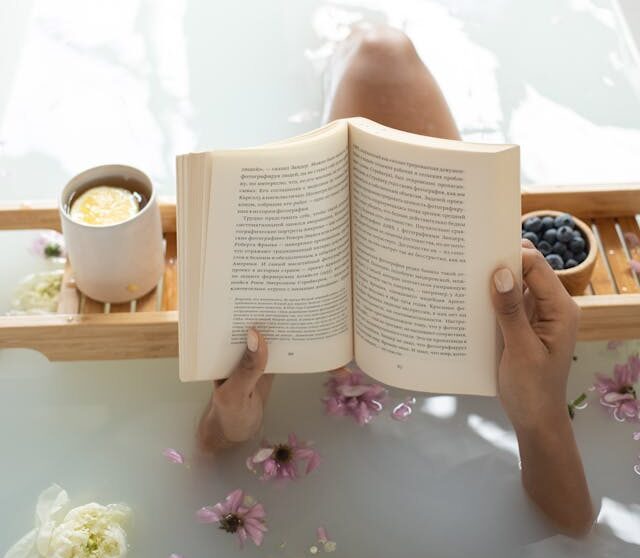Mold can develop in many areas of the home, including walls, ceilings, basements, bathrooms, floors, and between rooms. It is one of the most common maintenance tasks required of property owners since it is difficult to guard against excess moisture collection.
Many homeowners dread discovering mold in their houses. Some may prefer painting over the mold to hide the underlying issue. However, this is a poor solution that does not address the root cause of the mold. Painting over mold does not kill the bacteria; it simply hides it. Let’s discuss the methods that can prevent mold and whether painting over mold is effective.
What is Mold?
Mold is a microscopic fungus that thrives in damp areas with organic matter. It commonly develops in crawlspaces, basements, bathrooms, and kitchens.
Multiple forms of mold can manifest inside your house, including toxic black mold, yellow mold, and green mold. The most common types of mold found in homes are Cladosporium, Penicillium, and Aspergillus.
Health Risks of Mold Exposure
A mold problem is not just a stain or an aesthetic eyesore. It can also create health issues for everyone living in the home. Prolonged exposure to mold spores can cause allergies, respiratory issues, runny noses, itchy eyes, and other health complications.
If you do not invest in mold removal, this living organism can spread throughout the home and cause health problems.
Why Painting Over Mold is Not a Solution
In many cases, mold covers walls or ceilings in living areas. The discoloration is easy to see, and it is simple to paint over it to hide the poor aesthetics. Unfortunately, even mold-resistant paint is not effective at eliminating the growth.
Let’s discuss why painting over mold, even with paints that advertise mold resistance, is not an effective solution for handling the spores’ root cause.
Mold Growth Continues Underneath the Paint
While using anti-mold paint could slow the progress of this fungal growth, it does not erase the problem. Mold can continue growing underneath that layer of paint, which is even worse because the stain is no longer visible. As a result, the infestation could spread, and you won’t even realize it because it is hidden behind the new coat of paint.
By painting over mold, you could allow further damage to occur to the drywall and surrounding areas. The more new mold develops, the greater your chances of experiencing health complications.
Moisture Issues Remain Unresolved
Another reason mold-inhibiting paint is ineffective is that it ignores the root cause of the infestation. Mold grows when the conditions it needs to thrive are present. Mold growth occurs in your home because moisture is collecting where it shouldn’t.
This growth could result from a roof leak, poor insulation, gaps in your windows, condensation from HVAC systems, burst pipes, or malfunctioning water appliances. Mold-resistant primer or paint cannot prevent mold from developing. Instead, you must identify the water source that is creating conditions for mold to grow and address that problem first.
Potential for Paint Failure
Painting over mold may also not work because the paint needs a clean surface to bond to. Mold affects the paint’s adhesion and creates imperfections on the surface. If mold is underneath, painted walls could peel or crack, creating an unsightly appearance in your house.
Proper Mold Remediation Process
Instead of wasting money on mold-resistant primer and painting over mold to hide it, investing in mold remediation will be far more effective. You can follow this process yourself for a DIY job or hire professionals who know how to prevent mold growth and eliminate the infestation. Here are the steps required to remove mold from your property.
Identifying the Source of Moisture
The first step is finding the source of moisture and cutting it off. It could be caused by leaks inside the house, condensation from appliances, or poor ventilation. Cleaning up mold will be useless if the moisture condition remains, allowing future infestations to develop. Identify the source of the moisture and take action to remove this root cause first.
Mold Removal and Cleanup
Now, you can address the visible mold in your home. Contain the affected area, get rid of all mold substances, and clean the surfaces with appropriate solutions. Baking soda or vinegar are popular ingredients for eliminating mold and its associated odors, so don’t be afraid to liberally apply this solution to the moldy area.
To clean mold effectively, mix one cup of white vinegar with one cup of water. Wear protective gloves and a mask when using this solution and work in well-ventilated areas. For extensive mold problems, consider professional remediation services.
Drying and Dehumidification
If an environment is completely dry, mold will struggle to take hold. Therefore, to prevent mold from growing in the future, you should dry and dehumidify the affected area. Laundry rooms, bathrooms, and basements are particularly vulnerable to moisture, so keeping them dry can be challenging. Investing in a dehumidifier is a simple solution that can prevent mold regrowth.
Repairs and Restoration
Mold may permanently damage some components in your home. Even if you manage to kill the bacteria in the room, some porous surfaces may be too infested to save. Repairs and restoration may be necessary to return your home to its pre-loss condition.
This process could involve patching up drywall, replacing ruined possessions, and reconstructing structural components that the mold has damaged.
When to Call a Professional Mold Remediation Company?
If the mold issue has grown beyond your control and you understand that painting over mold is only a quick fix, call PacWest Restoration for help. Our team has the extensive experience needed to kill mold, clean the area, and repair damaged structures. Whether you need mold cleanup, water damage repair, or dehumidifying expertise, PacWest Restoration can help with your moisture problem and handle the reconstruction process.
You can request a free assessment of your mold problem by calling 503-746-6545 or filling out our online form.



